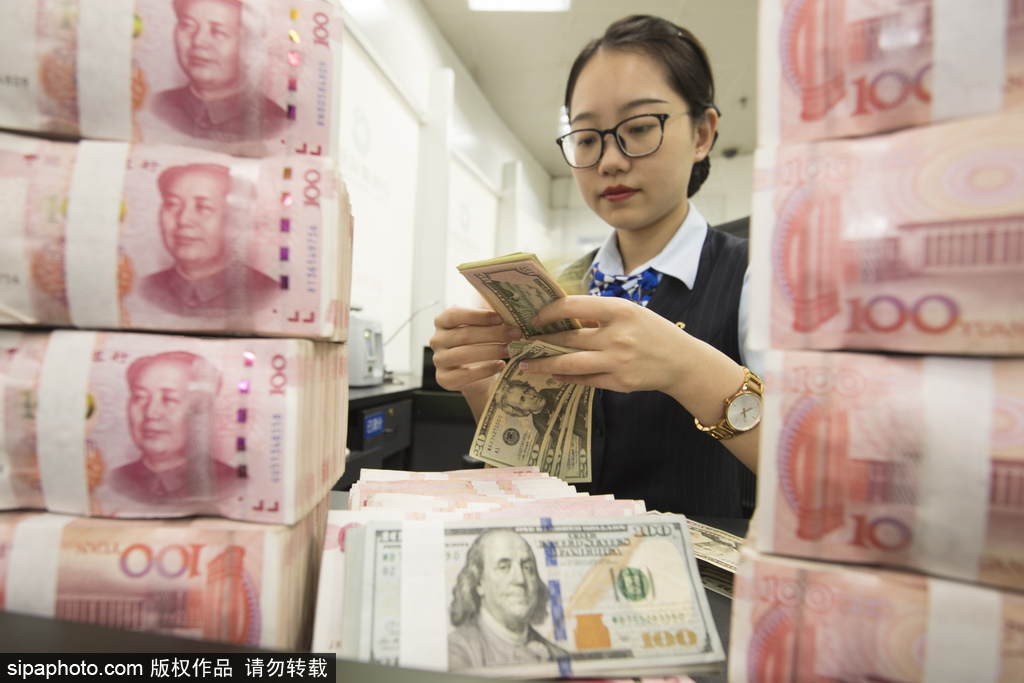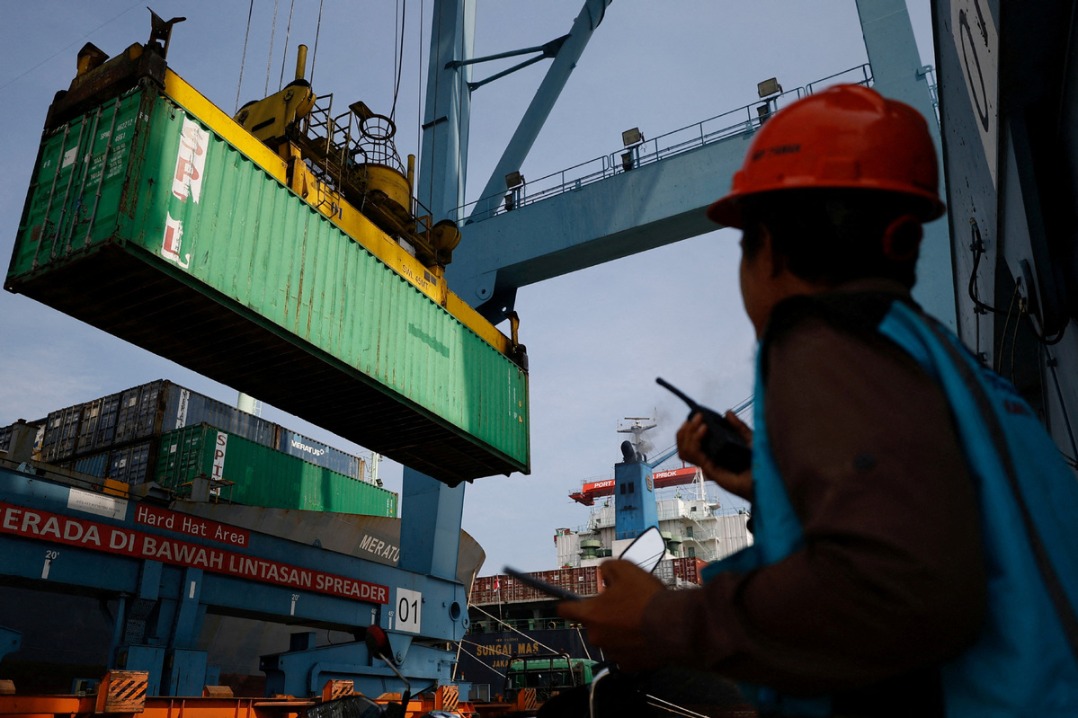Banks to back employment, work recovery


Steps in pipeline will boost lending to small companies, manufacturing sector
China will introduce more regulatory measures to support businesses and ensure employment apart from increasing credit loans to smaller firms and promoting medium-to long-term lending to the manufacturing sector, the central bank said on Wednesday.
Supporting businesses and stabilizing employment will, however, be the top priority for financial institutions and any increase in credit should match the market demand and inflows into the real economy, said a meeting jointly held by the People's Bank of China, the central bank, and the China Banking and Insurance Regulatory Commission.
Credit loans should be increased for the manufacturing and strategic emerging industries. Financial institutions should also boost services related to technology, green development and pension industries, said a statement released by the PBOC after the meeting.
The meeting also urged financial institutions to defer the principal, interest repayments on loans taken by micro, small and medium-sized enterprises.
"Lenders must check the original antecedents of repayment, enrich the credit loan products and improve the efficiency of credit loans," it said.
In June, the PBOC launched two new instruments to extend the repayment of principal and interest of small business loans and purchase the bank loans made by some commercial lenders to increase lending to small firms by as much as 1 trillion yuan ($142.4 billion).
Through these two new facilities, the monetary policy can directly support smaller firms' financing while the fiscal authorities don't have to take too many credit risks. As such, the moral hazard has been minimized, said Liu Kang, a researcher with the financial market department of Industrial and Commercial Bank of China.
During the first five months of this year, yuan-denominated new loans increased by 10.3 trillion yuan, 2.3 trillion yuan more than the same period last year. In May, the average interest rate for small and micro enterprises' loans dropped by 42 basis points from the end of 2019. The outstanding loans for inclusive small and micro loans increased by 25.4 percent, 12.2 percentage points higher than the average level of all types of loans, the PBOC said.
As the growth recovery is still ongoing and the supportive policy stance is warranted, experts said that China's monetary policy seems to be shifting to targeted support from broad easing, and the same may be more effective in mitigating the credit strains of small and medium-sized enterprises.
While encouraging credit extension, authorities have to strike a balance between supporting bank lending in the short term and ensuring that banks remained sufficiently well capitalized to underpin the economic recovery, especially when small businesses rely on bank loans rather than corporate bonds to raise funds. Banks need to raise loan loss provisions, the capital buffer, as their long-term rating outlooks have deteriorated due to the COVID-19 epidemic, said analysts.
Thanks to the loan prime rate reform since August 2019, banks' effective lending rates have started to decline significantly, and the largest drop was seen in the first quarter at 26 basis points, the central bank said.
Economists expect a lower LPR, due to a cut in the medium-term lending facility rate, to guide the real lending rate to fall by a relatively reasonable magnitude. That will help fulfill the government's requirement that banks should share a part of their profits with the nonfinancial sector.
A cut in policy rates may be needed to avoid a sharp slowdown in credit growth and to facilitate a decrease in financial costs, said Li Zhennan, an economist with Goldman Sachs (Asia). "But the room should be limited compared to significant easing early this year."
Given the still large pressure in bond supply, particularly in July, the PBOC may cut the reserve requirement ratio to maintain ample liquidity, said Li.
"The stock market rally of the past two days may prompt funds to substitute bond investments with equity, especially for those who hold bonds primarily for trading and are sensitive to market prices, further limiting the downside room in bond yields if it continues," said Li from Goldman.




































